By Jeffrey R. Yago, P.E., C.E.M.
Self-Reliance, Fall 2019
When I ask most people why they own or are looking to buy a generator, most will say it is to keep a refrigerator or freezer operating. Yet most will typically have only a week’s supply of fuel to power a generator during an extended power outage. In my opinion, that’s a very large investment for such a short-lived benefit. Perhaps it’s time to rethink your emergency refrigeration needs during an extended power outage, lasting weeks or even months if we are considering a real grid-down event.
Without backup power, most homeowners will try to grill up whatever is left in the freezer before it spoils. Those with generators can continue to keep meats and foods frozen for as long as the fuel lasts, but even an efficient kitchen refrigerator will still need several hours of generator run time each day, and this requires lots of gasoline or propane.
Many of my prior articles have pointed out how today’s super-efficient LED lights, flat-screen televisions, and electronic devices are fairly easy to power during an extended power outage using foldout solar panels or the charging outlet in your vehicle, but powering a standard kitchen refrigerator during a long-term power outage requires a whole different level of backup power.
A refrigerator is typically the largest single user of electrical power for many homes and keeping one operating during an extended power outage requires far more backup power than you think, especially after your generator has run out of fuel and you start searching for more. But unlike during a typical storm-related power outage lasting a few days, what will you even have left to keep frozen during a true grid-down event when power could be out for weeks or even months?
With grocery store shelves empty, you will have gone through everything in your freezer in the first week of an extended power outage, even if you do have a generator and large fuel supply to keep it powered. The sobering fact is most of us will have nothing much to keep cold, and no way to keep it cold anyway.
However, there is something that could make life less stressful long after the grid fails — an endless supply of ice. As long as you can make ice and store it in a high-quality ice chest, you can easily get by indefinitely without a large refrigerator or freezer, and the large generator and massive fuel supply it would take to cool it down each and every day.
Imagine enough ice to add to drinks, keep temperature-sensitive medications cool, and refrigerate a small cooler full of food. It would be like magic.
Making Ice
“But Jeff, it takes forever to make ice in my freezer at home. How can this be practical?”
It’s time to toss out everything you know about making ice cubes in a freezer. In fact, making ice is not only easy without a working freezer, it’s also very fast. It takes only seven minutes per batch at room temperature in a small counter-top ice maker. You can make ice all day as long as you have a supply of clean water, a small inverter, and a fully charged deep-cycle battery. This battery can be kept fully charged using your generator, your car or truck, or even a small solar array.
You can make an endless supply of ice without a working freezer and can even take it with you if you go camping or must evacuate.
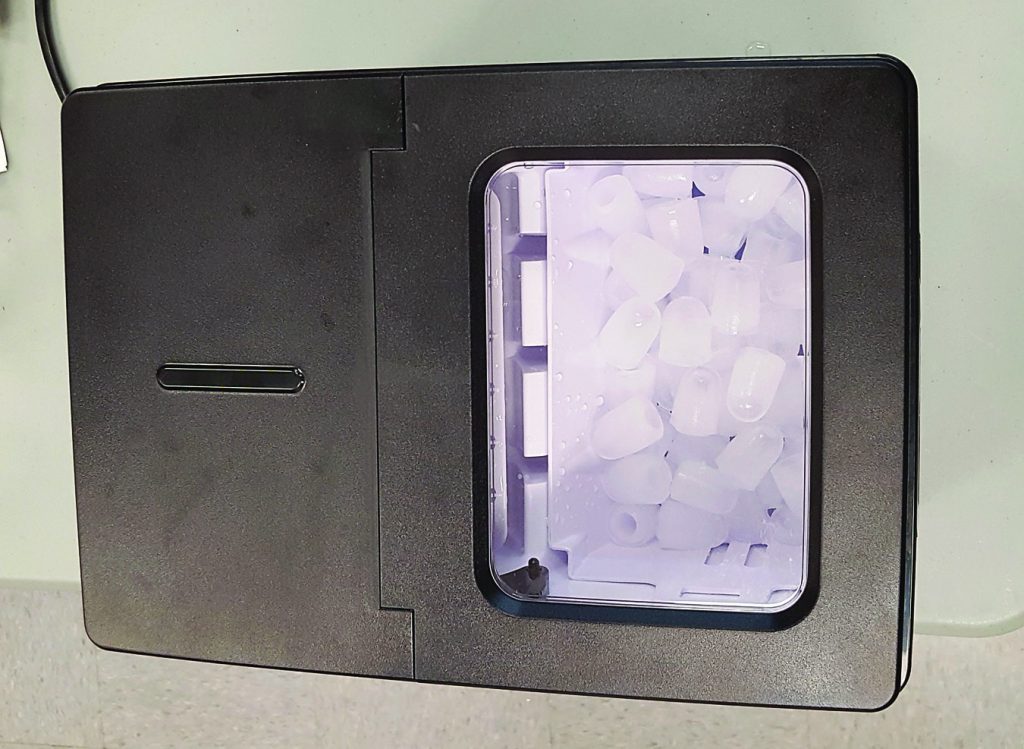
For full disclosure, we live in a solar-powered home with a large solar array and a utility room full of deep-cycle batteries, inverters, and solar chargers that will easily power our modern kitchen refrigerator and separate chest freezer indefinitely. But all this is useless if we have to evacuate or relocate to somewhere without electricity or backup power.
My goal was to find a way to make ice with the least amount of power required that could also be used while camping (either for pleasure or during an emergency relocation), or even during an extended power outage.
I obviously did not consider the large commercial ice makers you see in restaurants and hotels which cost thousands of dollars and are permanently connected to a water supply. I also did not consider mid-size ice makers costing over $500, as these are still bulky. (I do like the advantage these offer with the addition of a freezer compartment, allowing you to leave ice in the unit until needed later.) However, I found a wide selection of portable countertop ice makers in the $120 to $150 range that are perfect for this application.
The downside with these lower cost ice makers is you must fill the water reservoir by hand and the ice cube compartment is not refrigerated, so the ice will start to melt if left in the unit. You have to remember to fill and empty it while in runs. However, we have found emptying the hopper is not a problem since my wife, Sharon, and I schedule an ice making day every few weeks. On this day we bring the ice maker out of the closet and place it on the kitchen counter near the sink. We then plug it in and fill the reservoir using a water pitcher. As the unit is making ice, we check the hopper several times an hour to empty the ice cubes into our freezer. During a full day we can fill two 10-pound bags of ice.
Being able to make an unlimited supply of ice during a power outage lasting weeks or months without a working refrigerator or freezer could be a real lifesaver. In addition, unlike most of the emergency equipment people buy, then immediately store away for a major disaster that may never come, a portable ice maker can be used regularly during normal times, and this is a real advantage.
Selecting the Right Ice Maker
I reviewed many different brands, sizes, and models of ice makers. I found the following two models had the lowest power demand and were very portable, but I am sure there are other models you can find with comparable features and at a similar cost.
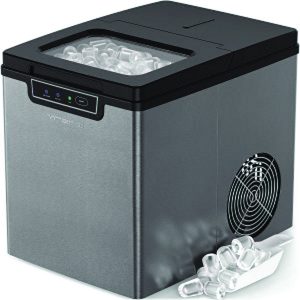
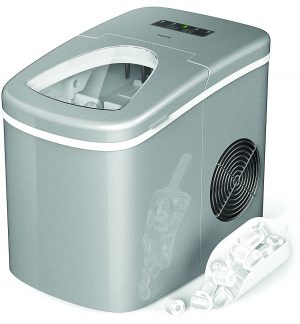
I purchased both the “hOmelabs” model #HZB-12/A and the “VREMI” model #VRM010636N ice makers for testing and found they both were perfect for our emergency preparedness needs. Both retail for $159 but can be found discounted for around $120. They are about the same size and weight and appear to have the same internal mechanisms that actually make the ice cubes and dump them into the hoppers.
However, I did note the hOmelabs unit offered a choice of ice cube sizes and has a slightly larger outer shell and thicker wall insulation, so the ice may not melt as fast in this one. During my testing, both units generated nine fairly large ice cubes every seven minutes.
Power the Ice Maker
While both ice makers can easily be powered by a generator, which would require much less run time than trying to keep a household refrigerator or freezer operating, I wanted to be able to power an ice maker from multiple sources of power during an extended power outage. By adding a small 12-volt DC to 120-volt AC inverter, these ice makers can be powered all day from a single 12-volt RV/marine battery, which in turn can be recharged each day using a solar panel. In addition, this same combination of battery and solar module backup system can also power your TV or satellite modem, which typically requires 120-volt AC.
Both ice makers were specified as requiring only 120-watts of 120-volt AC power when operating, which was easily within the capacity of the 300-watt AC inverter I keep plugged into the 12-volt dashboard outlet in my truck. Unfortunately, I very quickly discovered both ice makers have a very-high amp draw for about one second during the start of each ice-making cycle, and this far exceeded the 300-watt capacity of this inverter which quickly shut down on overload.
I replaced the 300-watt modified sinewave inverter with a 600-watt modified sinewave inverter which was advertised to handle short power surges up to 1,200 watts, but it also instantly shut down with an overload condition each time I turned on the ice maker. Finally, I switched to a pure sinewave inverter with a continuous output rating of 800-watts, and it easily handled the brief in-rush current peak at the start of each new ice making cycle regardless of which model ice maker I tested. I also tried my less expensive, but larger, 2,000-watt modified sinewave inverter; it also easily powered each ice maker.
A typical group 31 RV/marine battery will have an average charge capacity of 110-amp hours. To extend battery life, you should keep batteries above a 50% charge level, leaving around 55-amp hours to use before recharging. Since these ice makers consume approximately 1.5-amp hours of battery capacity per ice-making cycle, I can operate either ice maker for about four hours while keeping under this 50% load limit.
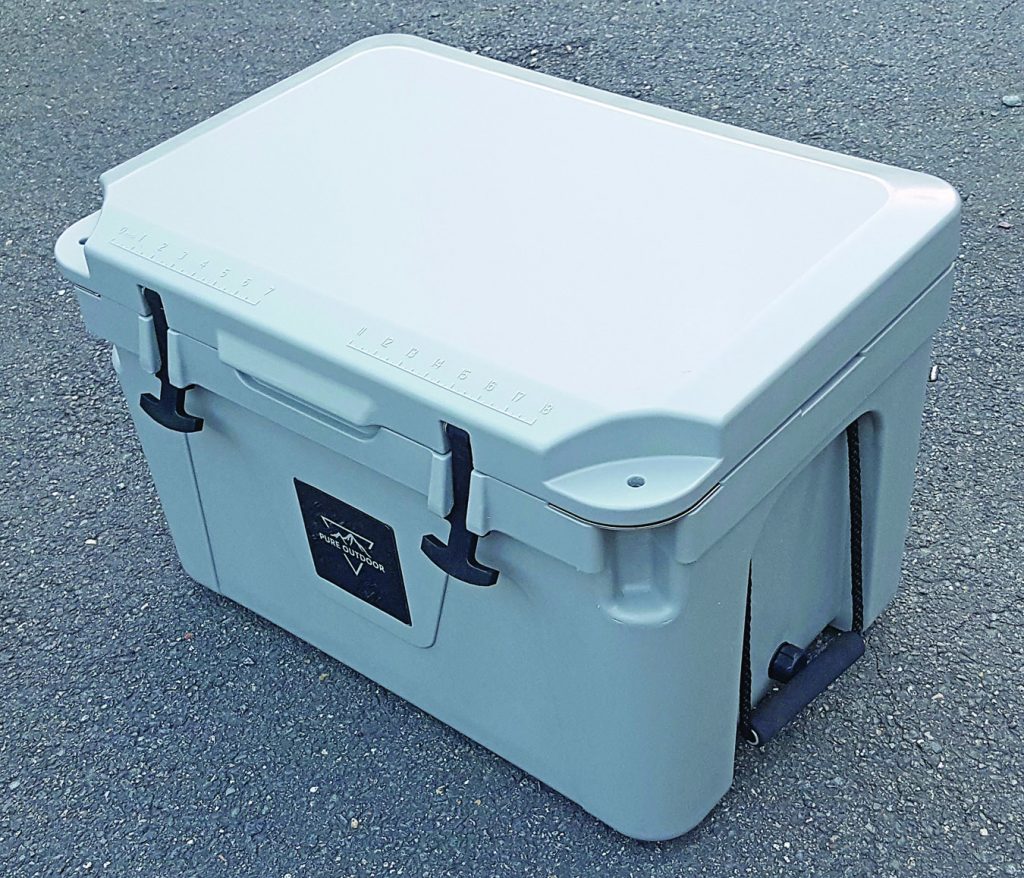
However, during a true grid-down event, you will not want to just run the ice maker four hours and then stop. You will want to be charging the battery that is powering the ice maker at the same time you are making ice. I was able to offset the 120-watt constant load of the ice maker by using a 150-watt solar module. This is significantly less solar power than needed to keep a standard residential-size refrigerator/freezer operating during a power outage. While I also have a super-efficient top-load freezer that operates directly from a 12-volt battery, it is not portable and does not automatically make ice cubes.
Any inverter powering a load over 300-watts draws too much power to plug into the 12-volt outlet on your vehicle’s dashboard, so for an inverter sized to power an ice maker it will need to be connected directly to the posts of the vehicle’s battery using the recommended size battery cables and keeping these as short as possible.
Both ice makers will easily operate from a car or truck battery powering an 800-watt inverter, which still leaves enough inverter and battery capacity to also power multiple LED light fixtures, a flat-screen television, and charge multiple cell phones or laptop computers if the vehicle is parked near the home and you have the right size extension cable.
Summary
During a short-term power outage, a backup generator is a very easy way to keep your refrigerator and other appliances operating. However, during a true grid-down event, trying to keep a full-sized refrigerator operating will probably be a complete waste of time when you have limited power resources.
If you can make lots of ice inside your car, truck, or RV when bugging out, or even when just camping for fun, you will at least have plenty of cold drinks and be able to keep special medications refrigerated. You will also be able to extend the storage time for any meats or vegetables you still may have.
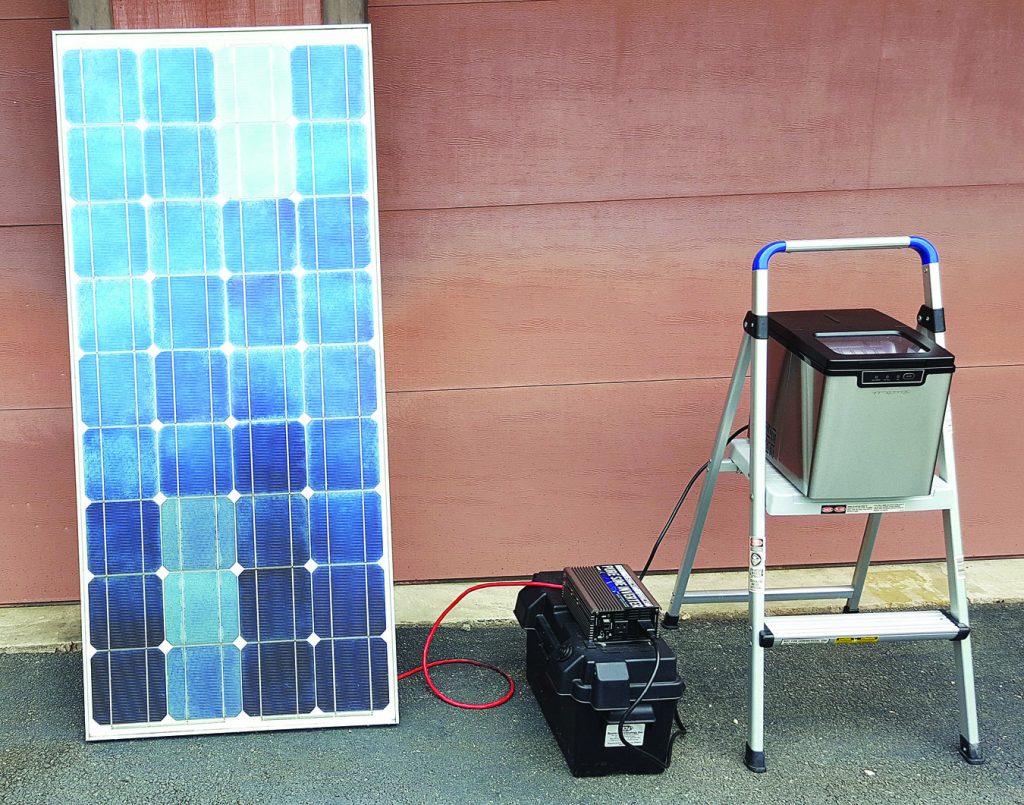
In the end, we decided to keep the VREMI ice maker at home and take the hOmelabs ice maker with us on RV and camping trips. Both have been a good investment and either model will be a great addition to your preparedness planning. Low-cost ice bags with drawstring closures are available from both ice maker suppliers and other sources, and I strongly recommend you keep some on hand. In addition, I recommend purchasing a new super-efficient small ice chest with a gasketed lid and thick wall insulation. These can keep your ice cubes frozen for up to a week. Don’t pick a unit that is too big, as you are just trying to keep 10 pounds of ice and some foods or a few medical items cool. An over-sized model will cause the ice to melt faster, plus will be too bulky to keep with your ice maker if you do need to relocate.
A single purpose appliance like an ice maker may seem like a complete waste of money, but considering how easy it is to power from a variety of sources — the utility grid, a backup generator, your vehicle, or a solar-charged battery — it really is an excellent device to add to your inventory of preparedness tools. It does a great job of fulfilling your long-term refrigeration needs for sensitive medications or for limited amounts of foods and is so easily portable and economical that we keep two — one is just for travelling. Even if the size and expense of a large solar power system is not out of reach, this small, portable ice maker system just makes sense. Keep cool!
Jeff Yago is a licensed professional engineer and certified energy manager with more than 40 years of solar and emergency preparedness experience. He has written for numerous publications. Signed copies of his book “Lights On” are available from www.offgridprepper.com or by calling 804-457-9566.














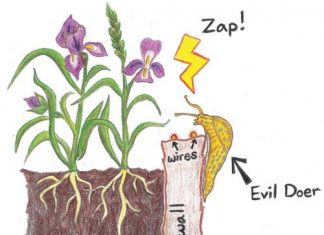
Thank you for your knowledge!
Jeff –
Great info. When I went to the website (using an iPad w safari browser) there was an error, appeared to be page formatting issues… just an FYI.
Valuable information Jeff. I plan on trying this out in my RV next holidays and making some fresh ice for my bourbon. Cheers.